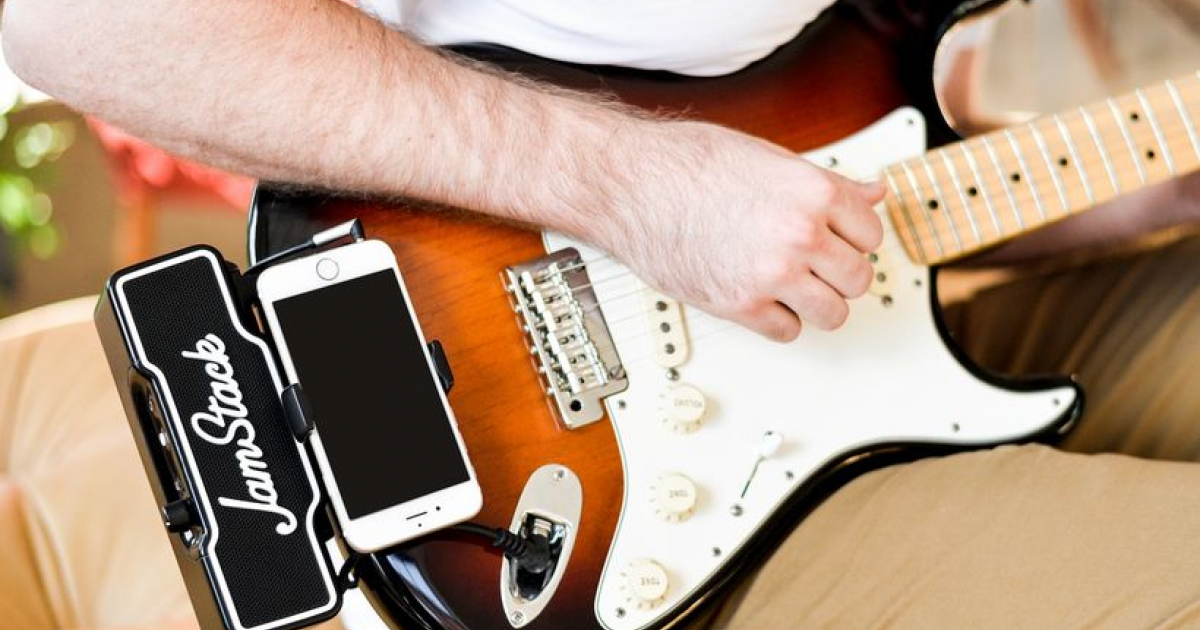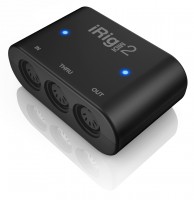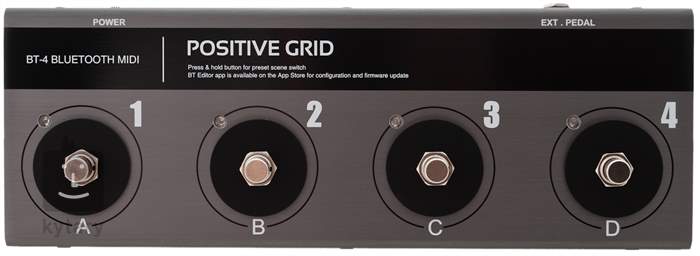
I might split the signal and run a clean track as well, but Im still committing the sim. So for this reason I commit the sound when tracking those amp sims. I almost always use it in the Unison slot on the Apollo and that gives it all the character of the original. For my ears, tracking clean and re-amping with it doesnt sound the same. I use UA’s Silver Jubilee and it sounds amazing, with one exception. It looks like Graham was using a Marshall Silver Jubilee model, which to me, doesnt sound like the original. I still dont feel that Amplitude has it quite down yet. However, there are definitely differences between sims. I have demos of Guitar Rig 5 and Overloud TH3 and they are also fine, but I’m throwing my lot in with Amplitube for now until they give me a reason not to. I also got Ampire, because I use Studio One, and although it has a more limited selection, it has a KILLER classic rock lead sound – I always run to that for a lead. And I can switch sound SO easily and quickly. I have thousands of dollars worth of gear – that sounds great – for under $200. I bought some other cabs and mics ad-hoc (5 bucks for a royer 121 – a home studio guy like me can’t beat that) and I am absolutely having the time of my life with my guitar now. I had really started moving away from guitar toward all synth stuff, but this just ignited my desire to play guitar again – these sounds are SO great and usable.

#AMPKIT VS AMPLITUBE PLUS#
I soon demo’d and then bought the whole Orange package for $99, plus the Fender Twin Reverb for clean sounds.

The mic placements (one of the coolest features) were VERY close to the same sounds I got experimenting mic’ing my own amps – I was very impressed. A lot of the options (amps, cabs, speakers, mics) were greyed out and had to be purchased to activate, but after I got over that, I had to admit the basic Marshall-type pack that comes with it was pretty great sounding. Then a friend suggested I grab Amplitube 4, because it was on sale for $49 bucks, so I did. I never even thought of using a sim at that point.
#AMPKIT VS AMPLITUBE HOW TO#
I had just worked for about a year to get the real guitar sound I wanted out of my little 1×12 amps, and had gotten pretty much exactly what I wanted, and how to position mics, set gain, room acoustics, etc. IMHO, Graham’s video is right on the money. If you put in the time you can get what you want plus you can save your settings and recall them next time you need them. They have the signature tone they want and the ease of setup on stage.

One cable to monitor for in-ears and one cable FOH. It sounds awesome live and in the studio. He plays through the rack version of the Helix. My son is a bassist for a national touring act. After recording both examples he’s playing back thru his studio monitors to a room mic and the adjustments he made were minute at best. To be fair, the playback used by Graham in his comparison wasn’t a fair one to either virtual or real amps. You can get great, realistic sounding virtual amps if you’re willing to put the time into making the adjustments necessary. They are all tested for tone because I generally run direct to FOH and use either a JBL or Blackstar 2×12 cab for my stage gear. Kinda my version of a wind tunnel for objects that fly. All of my virtuals are played back through a 1000w JBL system to test for realistic live sound and solid tone. I also play through Roland’s GR-55 guitar synth, Peavey Classic 30 & Valve King 100w half stack, Fender GT-100 and Line 6 Helix.

I haven't used all of the devices mentioned in this article.


 0 kommentar(er)
0 kommentar(er)
